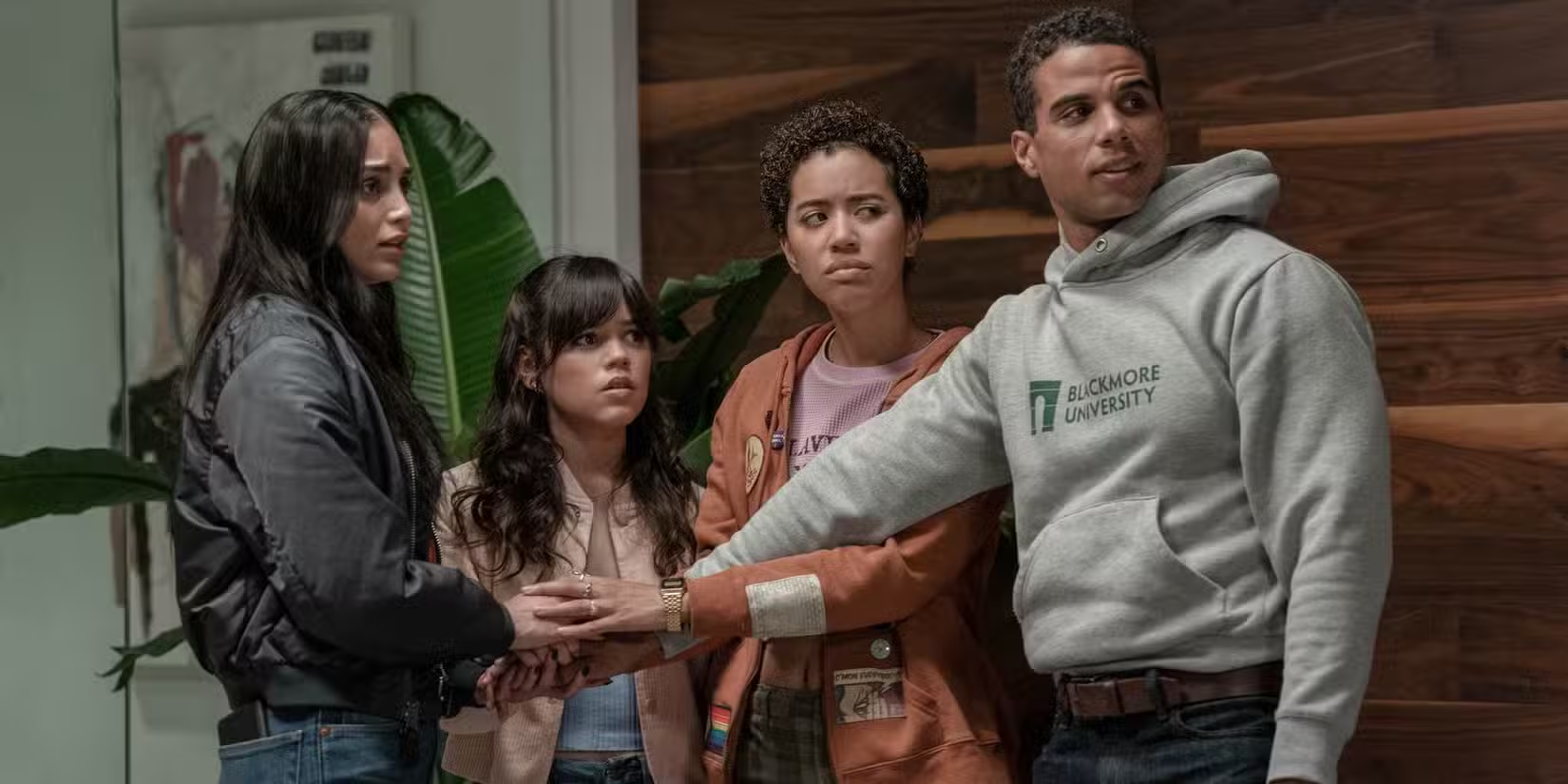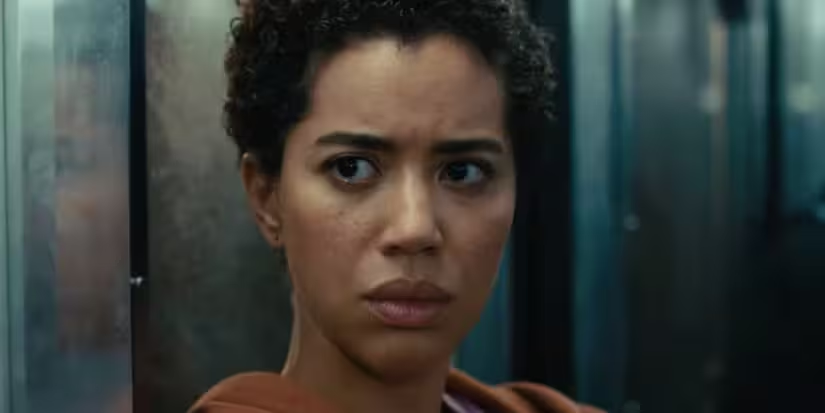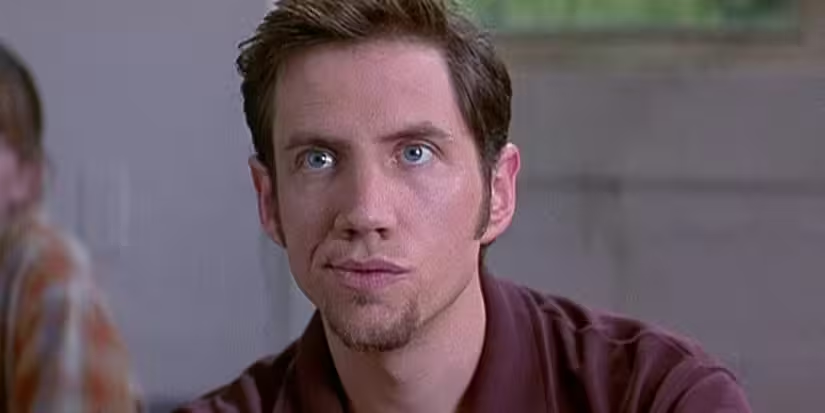6 Minutes
Introduction: A Revival Built on Familiar Fear
The Scream franchise returned in the 2020s with a second wind: Ghostface back in Woodsboro, new blood in the cast, and a modernized take on the meta-slasher formula that made Wes Craven's original 1996 film a cultural reset for horror. But while the sequels reintroduced the franchise to a global streaming audience and box office viewers, they also introduced a narrative problem that undermines suspense: excessive plot armor for the new protagonists.
Plot Summary: From Woodsboro to the Big City
Scream (1996) and the Craven era
The original Scream reinvented slasher tropes by blending brutal kills with self-aware characters who commented on horror conventions while being trapped in them. Sidney Prescott's story and Ghostface's masked terror set the template: anyone could die, and the film used that unpredictability as a storytelling engine.
Scream (2022) and the new generation
The 2022 reboot/sequel returned to Woodsboro and reunited fans with legacy characters while centering a younger group of heroes. That film repositioned the franchise to speak to contemporary audiences, introducing the so-called 'Core Four' while paying homage to the original mythology.

Scream VI and the shift to New York
Scream VI transplanted the action to a bustling urban setting and doubled down on the new protagonists. The movie expanded the scope of the attacks and spotlighted a mixture of established favorites and fresh faces, but it also made a creative choice that dulled the effect of danger: it treated the new leads as essentially untouchable.
Cast and Crew: Who’s Driving the New Scream
The modern Scream films blend legacy talent and rising stars. Directors and writers respected the Craven legacy while aiming for a contemporary voice. Key cast names include Melissa Barrera and Jenna Ortega as the Carpenter sisters, and Jasmin Savoy Brown and Mason Gooding as the Meeks-Martin twins—together dubbed the 'Core Four.' Original franchise pillars like Neve Campbell's Sidney and Courtney Cox's Gale returned in supporting or cameo capacity, keeping continuity strong.
Production Details: Balancing Homage and Freshness
Producers and studios have navigated a complex production landscape: rebooting a beloved IP while courting both legacy fans and younger viewers. That meant careful casting, location changes, and updated production design to reflect new technology and social media-era terror. Writers leaned into franchise self-awareness and genre-savvy dialogue, but in doing so they sometimes traded risk for brand protection.

Critical Reception and Box Office
Reception to the recent Scream entries has been mixed: critics generally praised the cast performances, sharp dialogue, and technical craft. Fans enjoyed seeing Ghostface back in action and appreciated the franchise's meta-commentary. At the same time, reviewers often noted a lack of peril; tension suffered when audiences sensed certain characters would never truly be in jeopardy. Financially, the films performed well enough to justify continuation, leading to talk of future installments and a rumored Scream 7.
The Problem in Focus: Too Much Plot Armor
Plot armor—the implicit protection given to main characters—can sap a horror film of urgency. In the modern Scream movies, the Core Four are handled like franchise assets, insulated from permanent harm. This creative decision has consequences: it reduces the stakes, makes surprises predictable, and funnels new deaths into disposable side characters. When viewers assume the heroes won’t be killed, tension evaporates and the sense of imminent danger disappears.
Specific Examples from Scream VI
Scream VI provides concrete examples where the script pulls back from plausible brutality. Characters survive otherwise lethal attacks and believable death scenes become fake-outs. When survivors repeatedly escape extreme violence without consequence, leftover shock value gets drained. Even fan-favorites and beloved legacy cast members are protected by the film’s reluctance to commit to irrevocable losses, which paradoxically undermines emotional investment.
Why the Early Films Felt Riskier
Wes Craven’s Scream universe built fear by breaking expectations: opening scenes killed presumed leads, and even popular characters met abrupt fates. Those choices reinforced the premise that the killer could strike anyone at any moment. By contrast, the recent entries strive to keep certain performers and characters intact—often in service of future sequels or brand loyalty—at the expense of suspense and narrative risk-taking.
Personal Take: Where the Franchise Can Reclaim Tension
As a fan, I find the modern Scream installments lively and smart, but they need to reintroduce consequence. Restoring real stakes doesn't mean gratuitous violence; it means making choices that surprise and hurt in meaningful ways, giving deaths weight and letting character arcs conclude believably. If Scream 7 blends legacy reverence with unpredictable storytelling—killing or transforming key figures when it serves the narrative—the franchise can recapture the razor-sharp tension that made it legendary.

What to Watch For in Future Installments
Watch for a few indicators that the franchise is course-correcting: willingness to subvert expectations, riskier character beats, and narrative choices that prioritize story over franchise-safe economics. If the next Scream film can balance homage to the Craven era with unpredictable kills and genuine peril for its main cast, it will restore the unique dread that once defined the series.
Conclusion: A Franchise at a Crossroads
Scream’s modern revival has many strengths—sharp performances, clever scripts, and a credible reinvention for today’s audience. But the franchise’s biggest flaw right now is structural: protecting its heroes too much. If the series wants to remain a top-tier example of contemporary slasher cinema and horror franchise storytelling, it needs to bring back uncertainty, allow consequences to land, and remind viewers that, in Scream, nobody is truly safe.
Source: screenrant



Leave a Comment